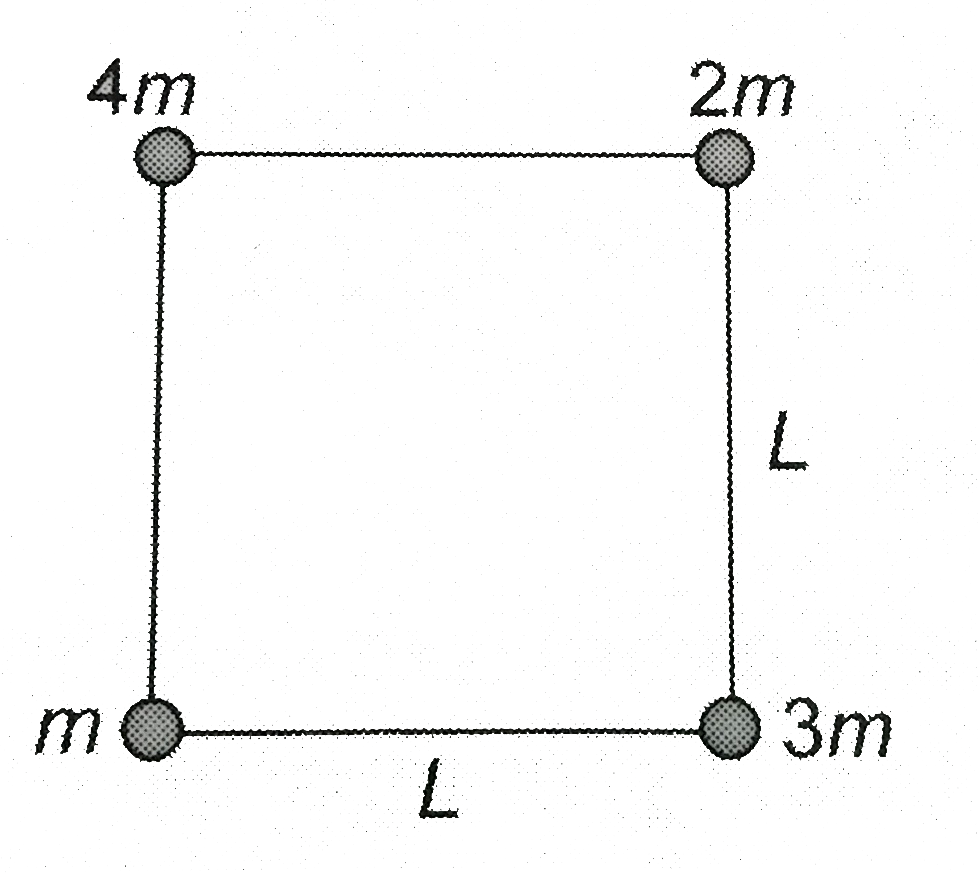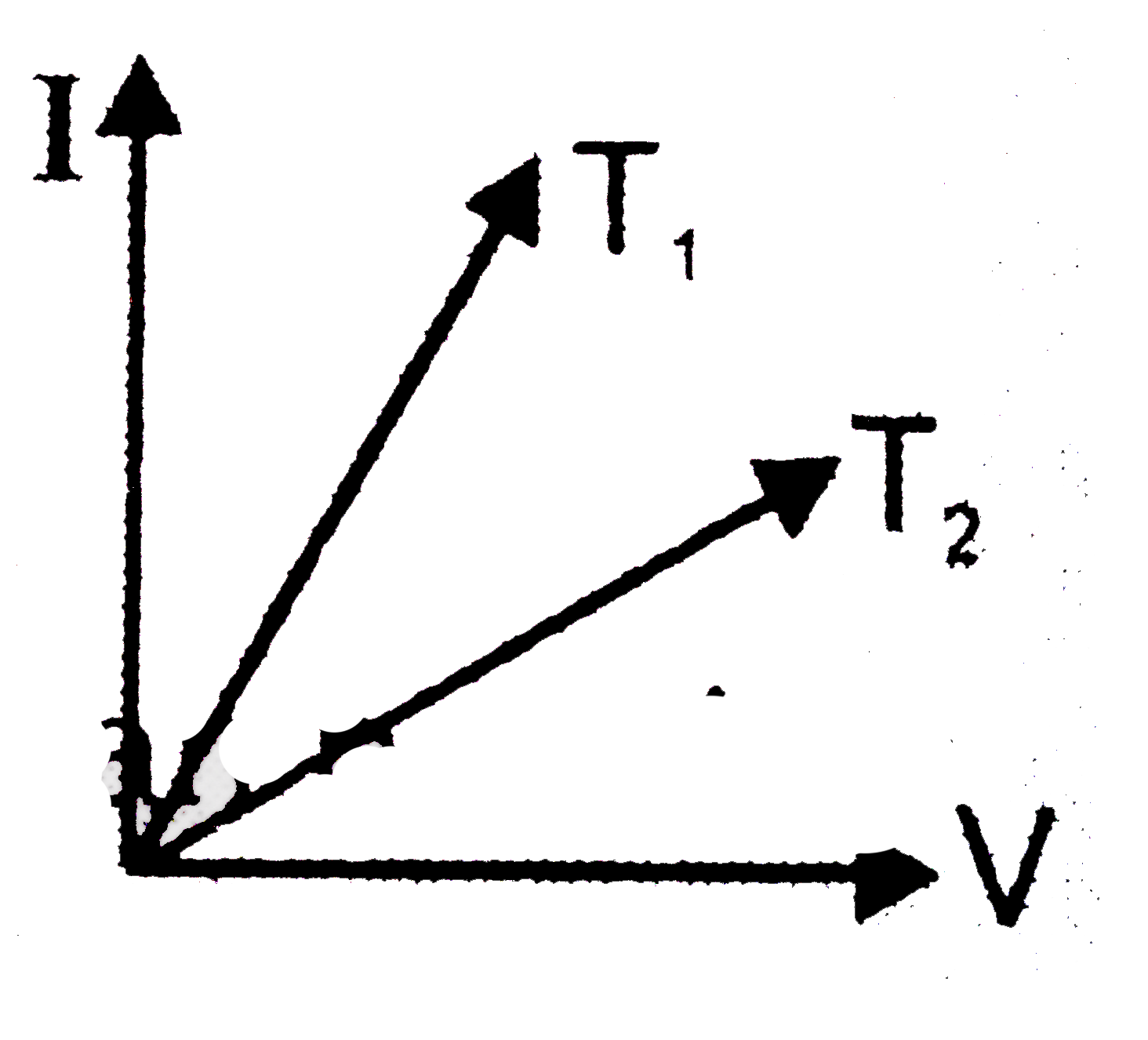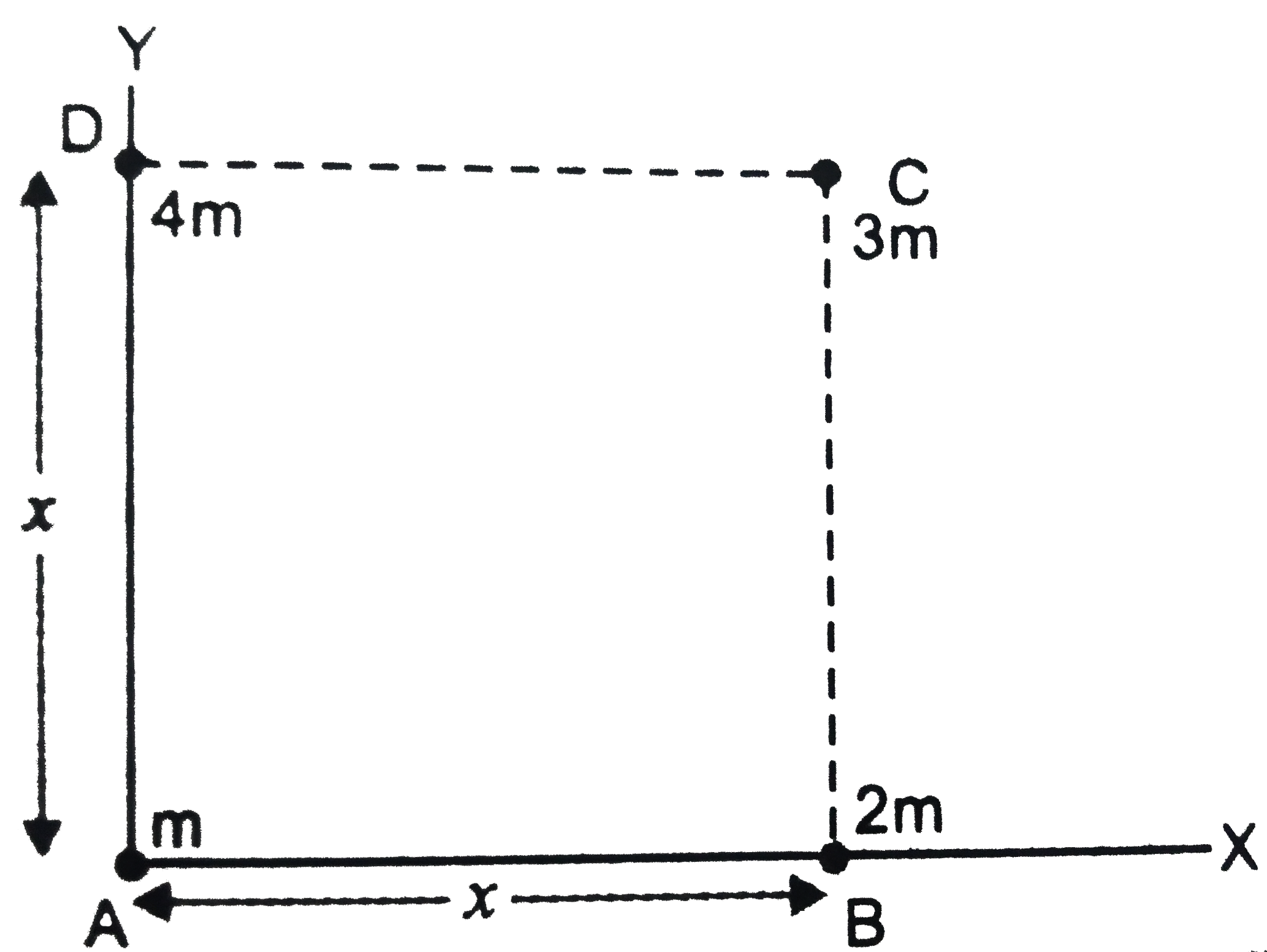Four particles of masses m, 2m, 3m and 4m are arranged at the corners of a parallelogram with each side equal to a and one of the angle between two adjacent sides is 60∘. The parallelogram lies in the x-y plane with mass m at the origin and 4 m on the x-axis. The centre of mass of the arrangement will be located at
(√32a,0.95a)
(0.95a,√32a)
(3a4,a2)
(a2,3a4)
Step by step video & image solution for Four particles of masses m, 2m, 3m and 4m are arranged at the corners of a parallelogram with each side equal to a and one of the angle between two adjacent sides is 60^(@). The parallelogram lies in the x-y plane with mass m at the origin and 4 m on the x-axis. The centre of mass of the arrangement will be located at by Physics experts to help you in doubts & scoring excellent marks in Class 12 exams.
Topper's Solved these Questions
Similar Questions
Knowledge Check
- Question 1 - Select One
Four particles of masses m, 2m, 3m and 4m are arranged at the corners of a parallelogram with each side equal to a and one of the angle between two adjacent sides as 60∘ The parallelogram lies in the x-y plane with mass m at the origin and 4m on the r-axis. The centre of mass of the arrangement will be located at
A(√32a,0.95a)B(0.95a,√34a)C(3a4,a2)D(a2,3a4) - Question 2 - Select One
Four particles of masses m, 2m, 3m and 4m are arranged at the corners of a parallelogram with each side equal to a and one of the angle between two adjacent sides is 60∘. The parallelogram lies in the x-y plane with mass m at the origin and 4 m on the x-axis. The centre of mass of the arrangement will be located at
A(√32a,0.95a)B(0.95a,√34a)C(3a4,a2)D(a2,3a4) - Question 3 - Select One
Four particles of masses m,m 2 m and 2m are placed at the four corner of a squre of side a as shown in figure -4. 107. The (x,y) coordinates of the centre of mass are:
 A(a2,2a)B(a2,a)C(a2,2a3)D(a,a3)
A(a2,2a)B(a2,a)C(a2,2a3)D(a,a3)
The four particles of masses m,3m,2m and 4m are placed on the vertices of a sqare of side L. Locate the center of mass
 View Solution
View SolutionFour particles of masses m,2m,3m,4m are placed at corners of a square of side 'a' as shown in fig. Find out coordinateds of centre of mass.
 View Solution
View SolutionFour particles A,B,CandD of masses m,2m,3mand4m respectively are placed at corners of a square of side x as shown in Fig.

Locate the centre of mass.View SolutionFour particles having masses, m, wm, 3m, and 4m are placed at the four corners of a square of edge a. Find the gravitational force acting on a particle of mass m placed at the centre.
View SolutionFour spheres of diameter a and mass m each are arranged at the corners of a square of side 1. Calculate the moment of inertia of the system about CD taken as its axis.
View Solution

